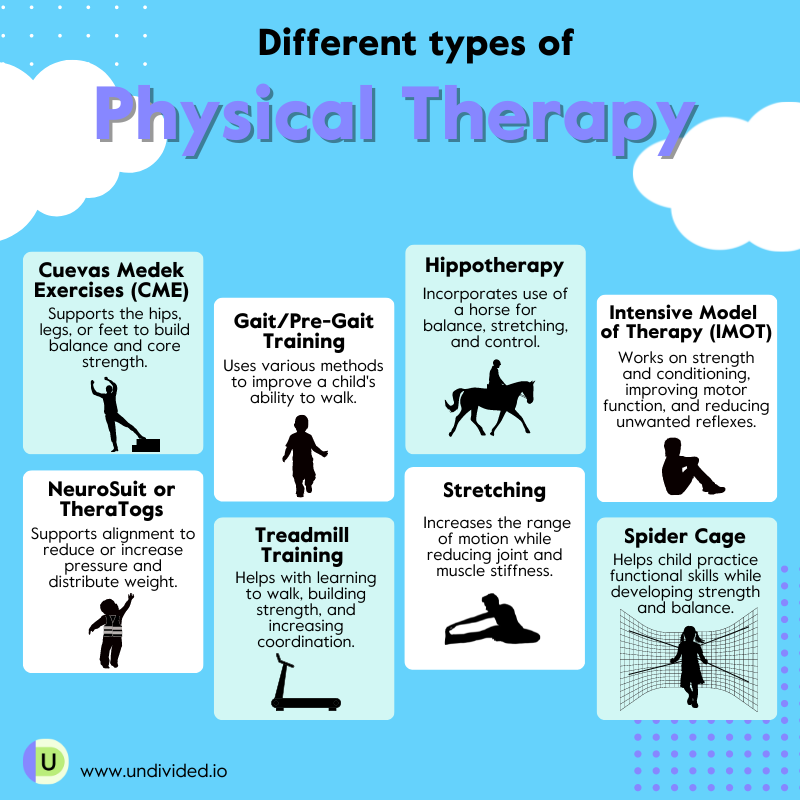Efficient Methods for Alleviating Breathlessness in Physical Rehabilitation Sessions
Efficient Methods for Alleviating Breathlessness in Physical Rehabilitation Sessions
Blog Article
Dyspnea, or difficulty respiration, is a frequent concern that many individuals face, particularly those with chronic lung conditions, heart problems, or other medical concerns. In rehabilitation therapy sessions, addressing dyspnea is essential for helping patients improve their overall standard of life. By utilizing specific techniques and strategies, physical therapists can assist patients in managing their respiratory difficulties. Understanding these effective methods can enable both therapists and patients to collaborate together more efficiently in addressing challenges related to dyspnea.
One of the primary methods used to reduce breathing difficulties in physical therapy is the application of regulated breathing activities. These exercises often focus on diaphragmatic breathing, which encourages patients to use their breathing muscle rather than their upper chest muscles when inhaling. This approach helps to increase lung capacity and efficiency. Additionally, pursed lip breathing is another technique that can be helpful. This method requires breathing in through the nose and breathing out slowly through pursed lips, which can help to keep airways open longer and make breathing feel easier. By incorporating these activities into therapy sessions, physical therapists can provide patients with tools to control their breathing difficulties both during and outside of their sessions.
Another important element of managing breathing difficulties in physical therapy is the development of an individualized exercise program. Tailoring exercises to satisfy the individual needs and abilities of each patient is crucial. Therapists should slowly introduce aerobic exercises, such as walking or cycling, in a controlled manner, allowing patients to develop their endurance over a period. This progressive method helps patients to feel more comfortable with fitness activity while at the same time improving their lung function and overall stamina. It is important for therapists to monitor patients carefully during these activities to ensure they are not overworking themselves, which could result to increased shortness of breath.
Teaching also plays a significant role in reducing breathing difficulties during physical therapy sessions. Providing patients with knowledge about their condition and the mechanisms behind breathing difficulties can empower them to take charge of their health. Therapists can describe how elements like anxiety, posture, and environmental conditions can affect breathing. By comprehending these ideas, patients can learn to manage their issues more efficiently. Techniques such as stress reduction strategies and proper body mechanics can further assist in minimizing the effects of breathing difficulties during routine activities and therapy sessions.
In conclusion, effectively reducing dyspnea in physical therapy sessions involves a combination of breathing activities, individualized exercise regimens, and patient education. By applying these effective methods, physical therapists can assist patients control their breathing difficulties and improve their overall well-being. Collaboration between therapists and patients is essential to create customized interventions that meet individual needs. With the appropriate support and methods, patients can experience comfort from breathing difficulties and participate more fully in their physical therapy important source process, ultimately leading to a better standard of life.